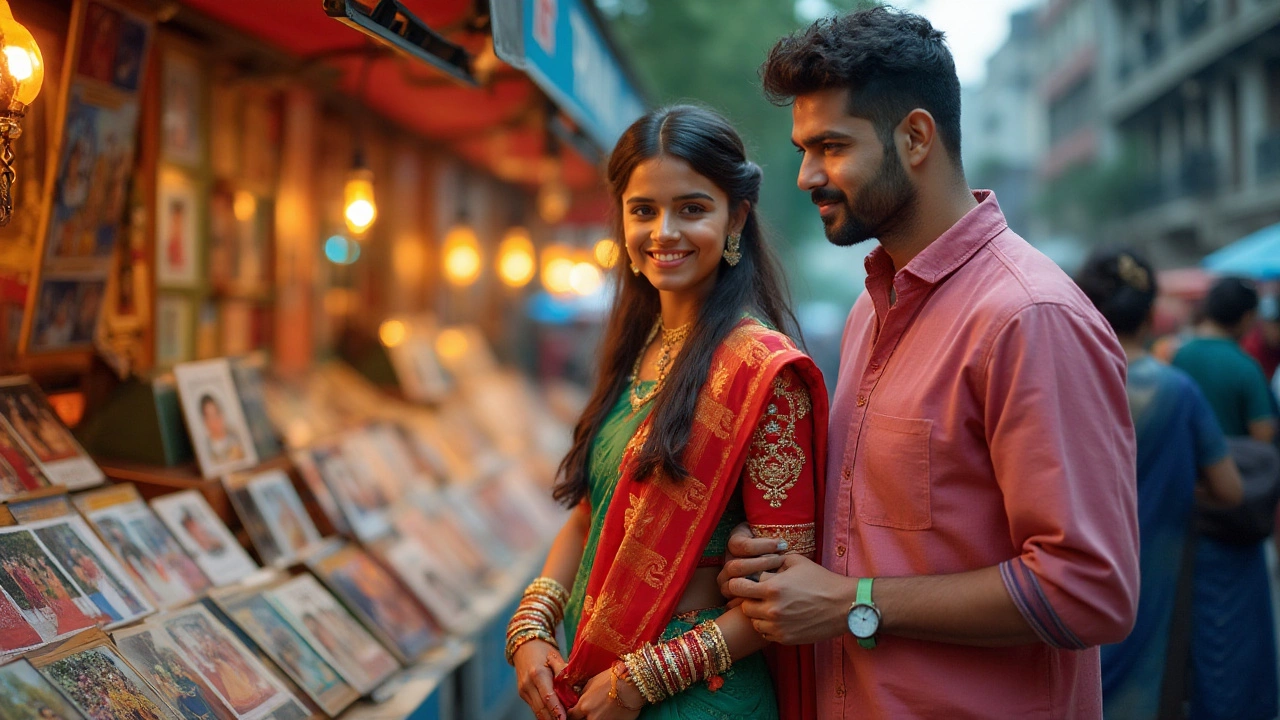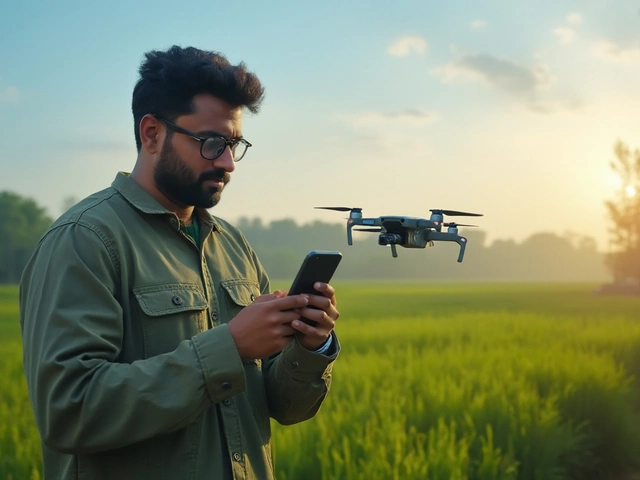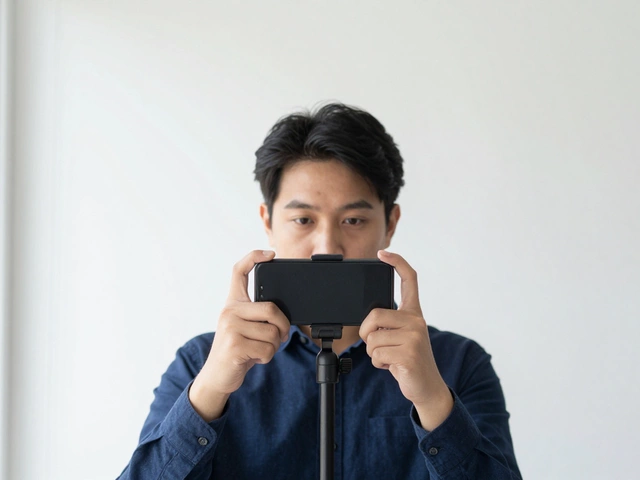In the whirlwind of planning a wedding, one of the most lasting investments you'll make is in your wedding photography. These cherished memories are captured forever, and deciding who foots the bill can often be a point of contention or confusion. Traditionally, the bride’s family might take on this cost, a remnant of older customs where they hosted the wedding.
Today, however, couples have more flexibility and often choose to share expenses, aligning with a more modern approach to marriage where both parties contribute to the costs. This not only eases the financial burden but also ensures both have a say in selecting a photographer whose style matches their vision.
Navigating these financial waters requires a blend of transparency, communication, and careful planning. In this guide, we explore various strategies for budgeting and sharing the cost of wedding photography, helping you make informed choices that suit your needs and preferences without breaking the bank.
- Traditional Approaches to Paying for Wedding Photos
- Modern Trends and Shared Costs
- Tips for Budgeting Wedding Photography
- How to Choose the Right Package for Your Needs
Traditional Approaches to Paying for Wedding Photos
In the realm of wedding traditions, who pays for what can often be steeped in long-held customs. Historically, the responsibility for many wedding expenses, including often the cost of wedding photography, fell upon the bride’s family. This tradition traces back to an era when weddings were seen as a formal transfer of responsibility from the bride’s family to the groom. The bride's family hosted lavish ceremonies, reflecting their hospitality and ensuring that beautiful moments were captured for posterity.
This customary approach signified the importance placed on photographing these milestone events as they were often among the most substantial financial commitments apart from the venue or attire. Families took pride in documenting this significant day through elegant albums that would be cherished across generations. In some cultures, these costs were considered symbolic, representing more than just financial contribition but a chance to showcase familial love and support. With this long-standing tradition in place, the bride's family would negotiate with photographers to secure the finest artistry their budget could allow.
While such customs hold significant sentimental value, they aren't always practical or feasible in today's world. Still, we occasionally see echoes of these practices in some regions and families who cherish maintaining these cultural legacies. For instance, a 2019 survey conducted by The Knot revealed that 27% of weddings in the U.S. still predominantly saw the bride’s side bearing this cost, reflecting regional adherence to tradition.
"Weddings act as cultural touchstones, and staying true to traditions can lend a sense of identity and continuity," notes wedding historian Emily Carter. "Yet, as with all evolving practices, there's room to adapt."
It's essential to consider how these conventions intertwine with the realities of modern-day planning. The expenses tied up in such traditions often call for an open dialogue within families. With every family dynamic bringing its nuances, the discussion could include coming up with innovative ways to honor tradition while also embracing new norms that may include shared or split expenses. Ultimately, while respecting traditions, the emphasis should be on finding a balance that acknowledges significant past practices and accommodates present-day needs.
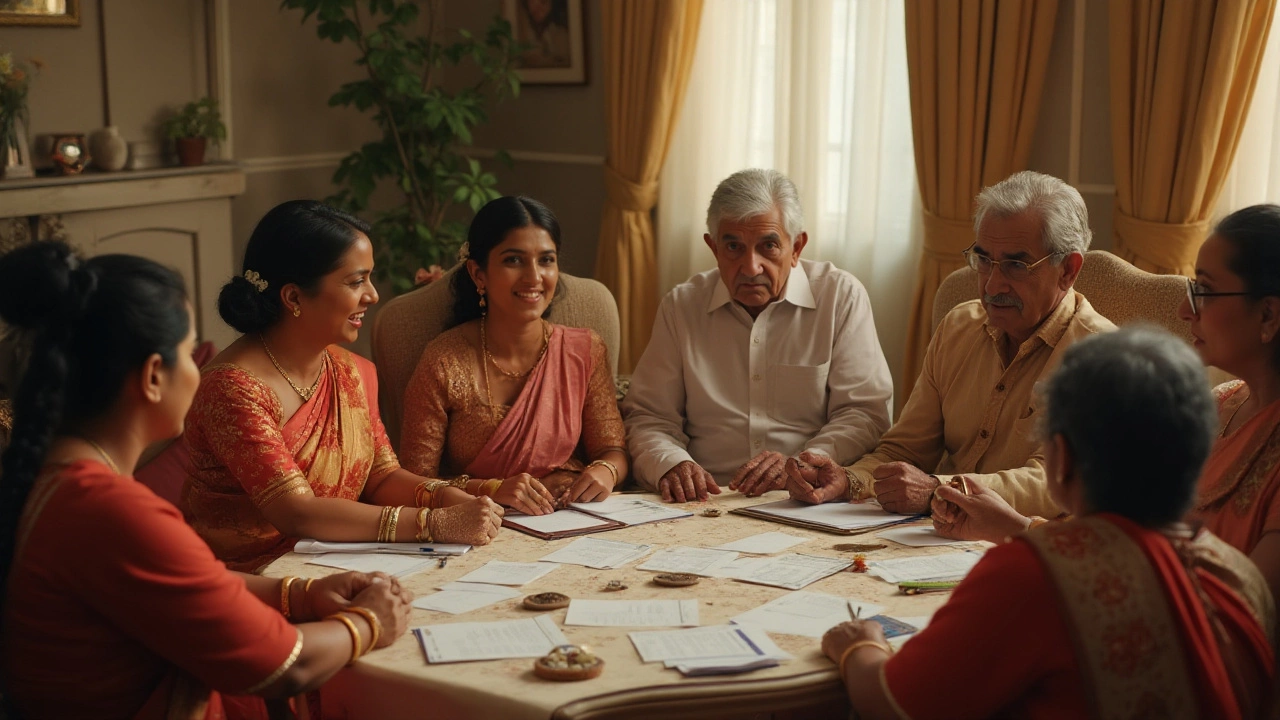
Modern Trends and Shared Costs
In today's evolving world of wedding planning, couples are redefining who covers what when it comes to paying for wedding photography and many other aspects of their big day. Unlike past generations, where strict traditional roles often dictated financial responsibilities, modern couples prefer a more egalitarian approach to budgeting. They realize that sharing costs not only fosters cooperation but also shares the joy and responsibility of planning their day together. This shift is part of a broader trend where both partners feel equally invested and therefore more empowered in making important decisions.
This contemporary approach often helps couples manage their resources wisely, making room for other wedding 'must-haves' that they wouldn't otherwise be able to afford if one party had to shoulder all major costs. Now, families and couples frequently have open conversations about finances, which can alleviate potential strain from misunderstandings. Many couples prefer to save together for wedding expenses, setting up joint accounts that allow them to save efficiently. In response to this trend, financial advisers suggest setting an allocation, perhaps a fixed percentage from each partner's income, dedicated to the wedding-related expenses, including wedding photography.
What’s particularly interesting is the role of digital platforms and wedding forums in this transition. They provide a plethora of stories and case studies from other couples, offering real-life insights into budgeting and cost-sharing strategies that worked for them. In fact, according to a 2022 study conducted by The Knot, 73% of engaged couples reported as sharing or planning to share wedding costs, a significant increase from previous years. This indicates a considerable move towards equitable cost distribution tailored to fit the circumstances of each couple.
Aside from just splitting costs, some couples also find creative ways to fund their wedding photography and related expenses. Crowd-funding has emerged as a novel approach, with couples inviting friends and family to contribute toward specific wedding elements as part of their gift registry. Social media and online platforms play a crucial role here, making it easy to share this alternative registry with potential contributors worldwide. This allows friends and family to feel like a more significant part of the day's memories by helping fund crucial parts, such as the photographers who capture it all.
Within this financial landscape, it's important for couples to openly discuss their priorities and compromise where needed. This isn't only about money — it's about envisioning their wedding together and making decisions that reflect both their values and their dreams. Sometimes this might even mean sacrificing some other less critical expenses to ensure they can invest in high-quality photography that beautifully preserves their wedding memories. As the famous photographer Aaron Siskind once said,
“Photography is a way of feeling, of touching, of loving. What you have caught on film is captured forever... it remembers little things, long after you have forgotten everything.”Couples today genuinely understand this sentiment, prioritizing a professional photographer's eye to immortalize their cherished moments.
Ultimately, the democratization of wedding costs reflects broader changes in societal norms about marriage and partnership. By sharing expenses like wedding photography, couples aren't just cutting costs—they're making a statement about their shared commitment to each other. This journey of planning and decision-making lays a strong foundation for how they will navigate shared responsibilities in their life together.
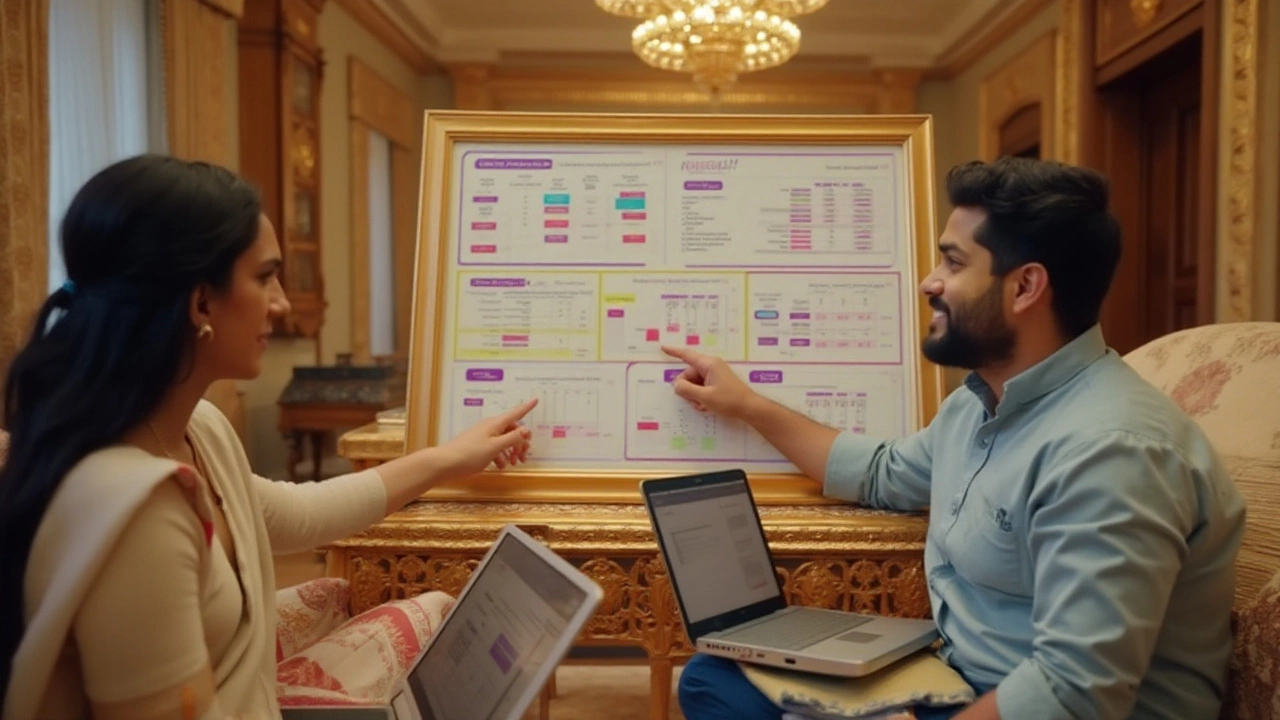
Tips for Budgeting Wedding Photography
Thinking about how to manage your wedding photography expenses without extending your budget beyond its limits can seem daunting. But fear not, as with a bit of strategy and creativity, you can capture those precious moments without sacrificing financial peace. First and foremost, it's crucial to define how important photography is to you both as a couple. Is it the element of the wedding you value most, or is it something you're doing as part of the broader package? Starting with this introspection will guide how much you're willing to allocate from your budget specifically for photography.
Many couples opt to work backward from their total budget. They determine the overall spend for the wedding, and then assign a portion—usually around 10-15%—for photography. This initial figure gives a solid start, but remember, it's a flexible guideline rather than a rule. With myriad options available, from the coverage duration to the number of photographers and post-processing needs, being clear about must-haves versus nice-to-haves can help in negotiations. Once you know what's negotiable, you can talk to photographers about customization—most are willing to adjust their wedding photography packages to suit your specific desires and budget constraints.
Another practical approach is getting multiple quotes. Engage with different photographers to understand what each offers within your price range. Sometimes choosing an up-and-coming photographer can be beneficial; they bring fresh eyes and creativity but might not charge premium rates just yet. Look out for reviews or portfolios and check if what's promised aligns with your vision. Consider hiring them for smaller pre-wedding events as a trial run.
"Planning a wedding is about making memories, but budgeting wisely for photography ensures those memories turn into beautiful keepsakes without the financial hangover," advises Emma Stark, a seasoned wedding planner with over a decade of experience helping couples balance quality with cost.
Timing your commitment to a photographer wisely can also help you nab fantastic deals. Certain packages could be discounted in off-peak wedding seasons, which vary from location to location. Booking early can sometimes lock in current prices before they increase. If it's something you plan to decide on soon, research the seasonal trends in your area and ask photographers about potential discounts.
Lastly, embracing modern technology offers potential savings. Consider vendors who include digital sharing rights with their packages so you can easily share and print your favorite moments later without extra costs. Discuss any bundled services they may provide; videography, photo booths, or even engagement sessions can sometimes be added on at a reduced rate when booked together. This savvy approach ensures you make the most out of your investment in wedding memories.
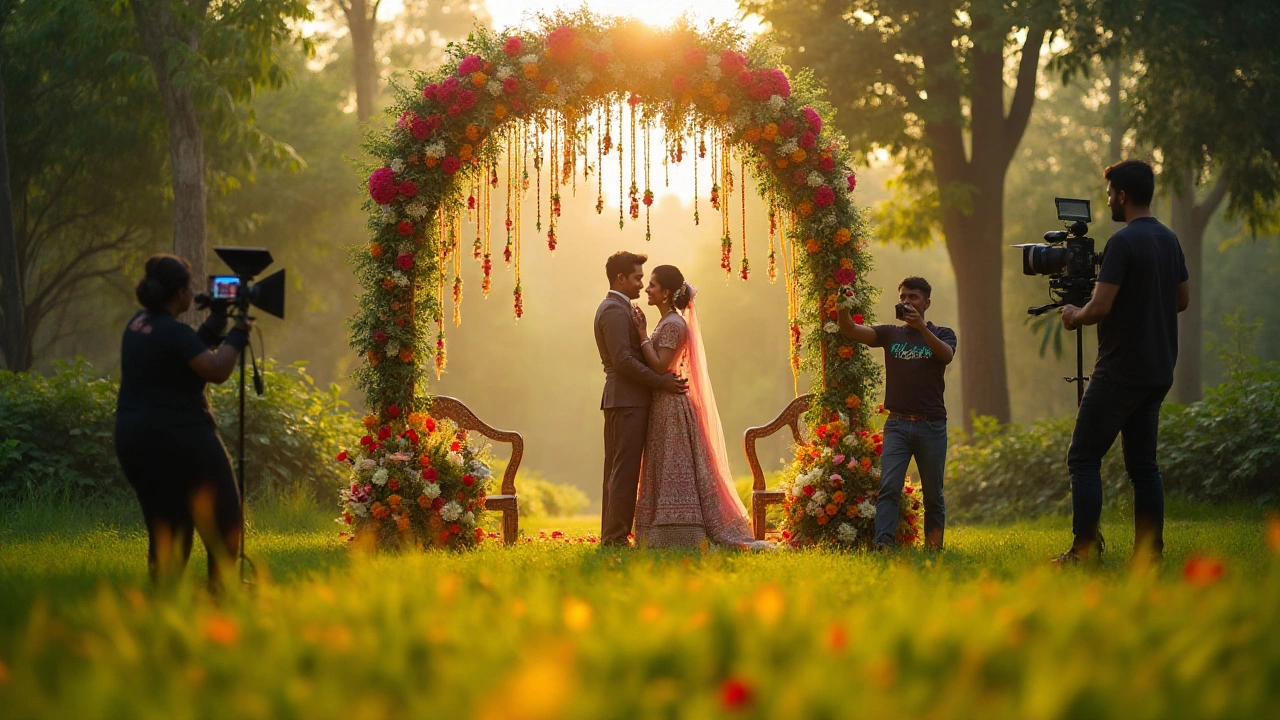
How to Choose the Right Package for Your Needs
Selecting the right wedding photography package is akin to crafting a custom-fit suit; it needs to complement your unique style and fit neatly within your wedding budget. The process begins with identifying what you truly want from your wedding photos. Are you seeking a documentary-style collection that captures candid moments, or do you prefer traditional portraits with all your family members? Defining your photography style will help in narrowing down your choices when reviewing different packages.
Photographers often offer a variety of packages, each with different levels of coverage and included services. A standard package might cover only the ceremony and a couple of hours of the reception, while more comprehensive packages could span the entire day from getting ready in the morning to the very last dance. Consider whether you want engagement photos or perhaps a photo album as part of the deal. Prioritizing the services most important to you can prevent unnecessary expenses and ensure you are investing wisely in capturing your day.
Communication with your photographer is key when choosing the right package. Engaging in open dialogue will ensure that your expectations are aligned. Discuss how many shots you'll receive, the delivery time, and any additional services like second shooters or drone coverage for a bird's-eye view of your venue. Clarifying these details upfront prevents misunderstandings and allows both parties to have a clear picture of the final output.
Pricing for wedding photography packages can vary vastly depending on experience, reputation, and geographical location of the photographer. A vital part of selecting the right package is ensuring it fits within your financial plan. According to a recent study, the average cost of wedding photography in the United States ranges from $2,000 to $5,000, with many factors influencing this price, including the time of year and the demand for certain photographers.
To make an informed decision, it is prudent to read reviews and testimonials from other couples. This can offer insights into the reliability and quality of the photographer's work, which isn’t always apparent from their curated portfolio alone.
As famed photographer Ansel Adams once said, "A good photograph is knowing where to stand," underscoring the importance of choosing a photographer who knows how to capture the essence of your occasion.Scrolling through previous wedding galleries can also give you a true sense of their style and expertise.
To help you evaluate and compare wedding photography packages, here’s a suggested checklist:
- Define your photography style and must-have shots
- Determine your budget and what aspects to prioritize
- Understand the range of packages offered
- Communicate your expectations clearly with prospective photographers
- Review testimonials and photograph galleries
